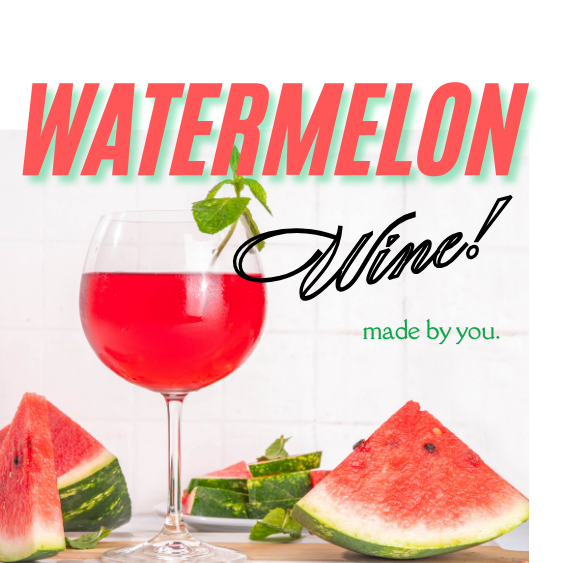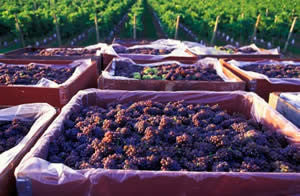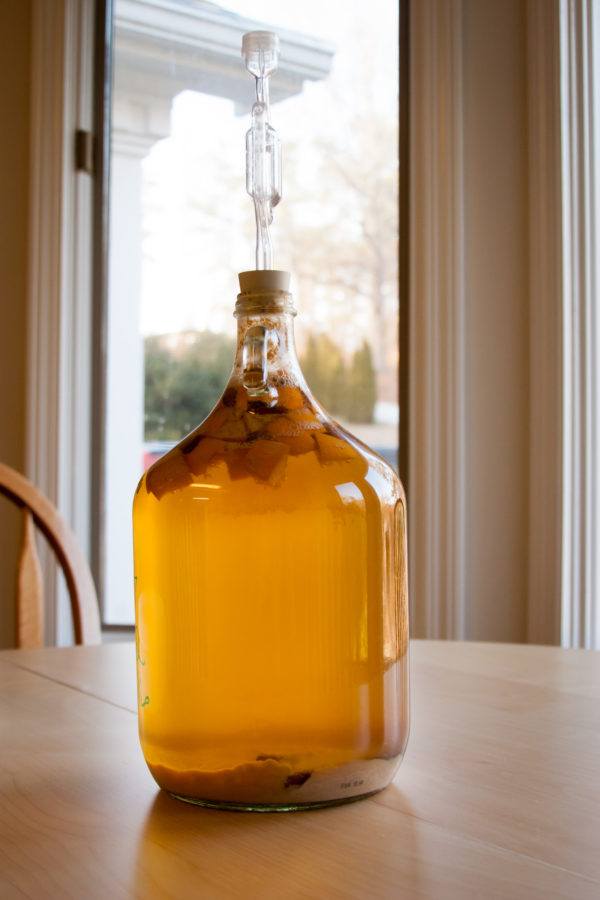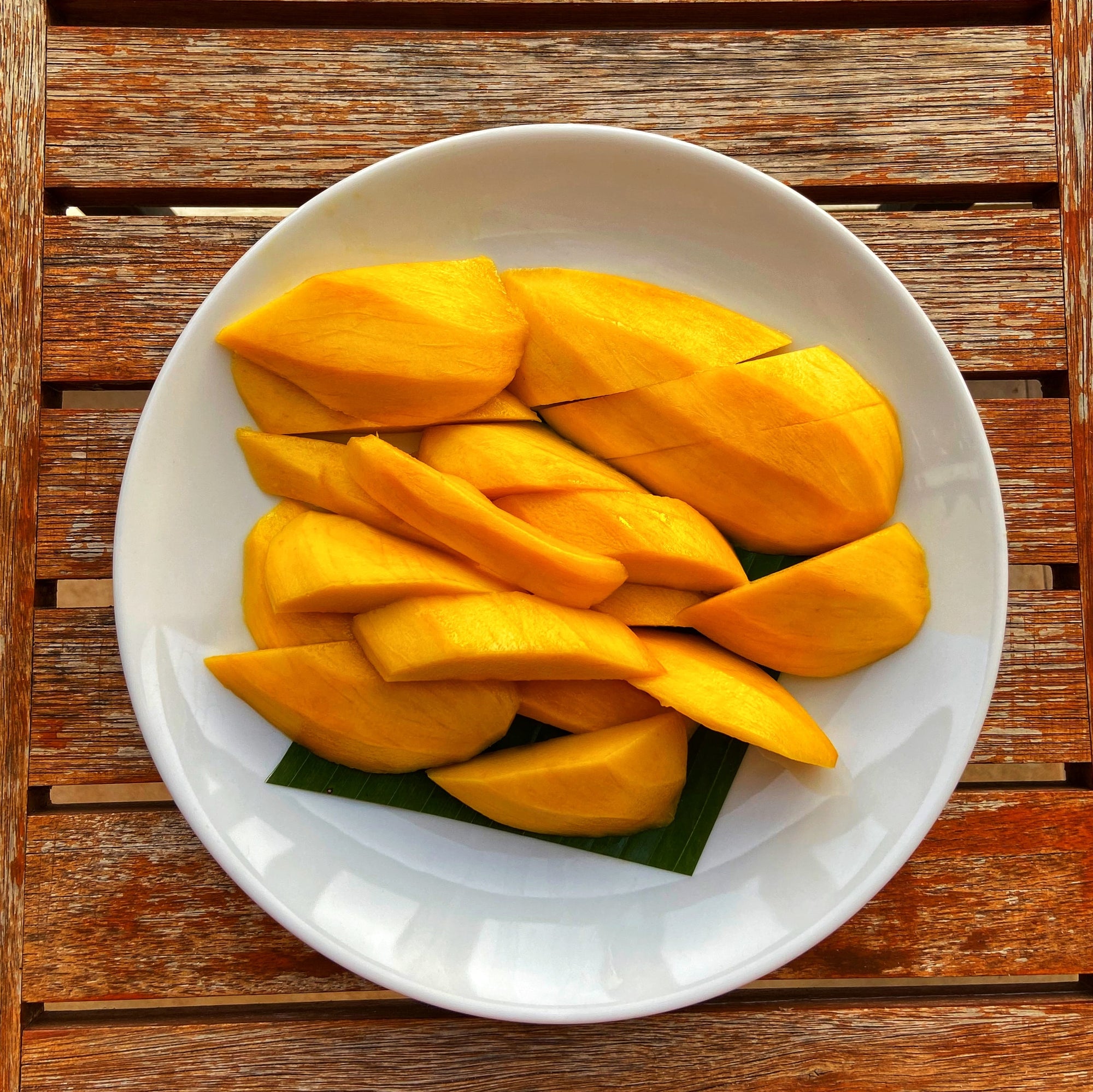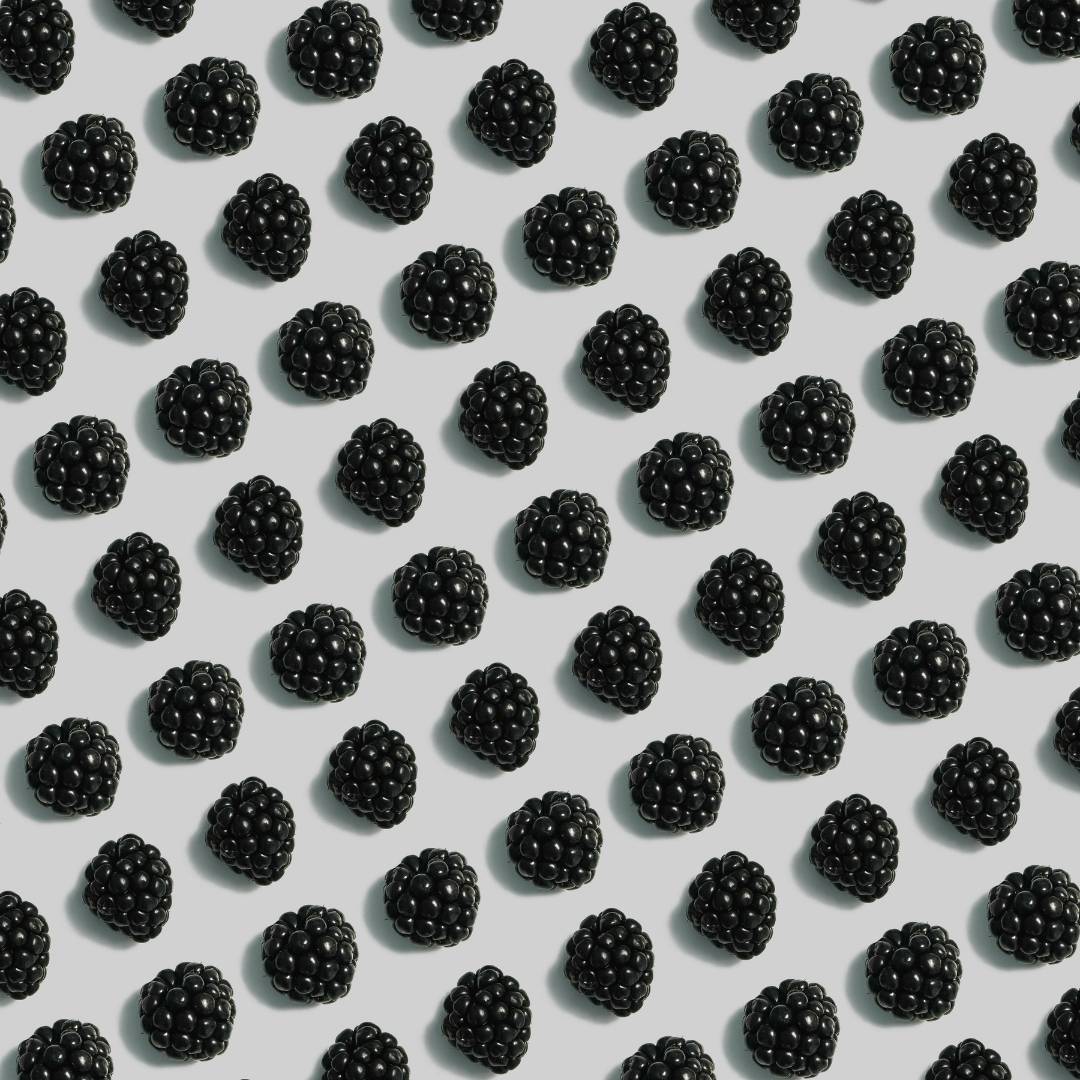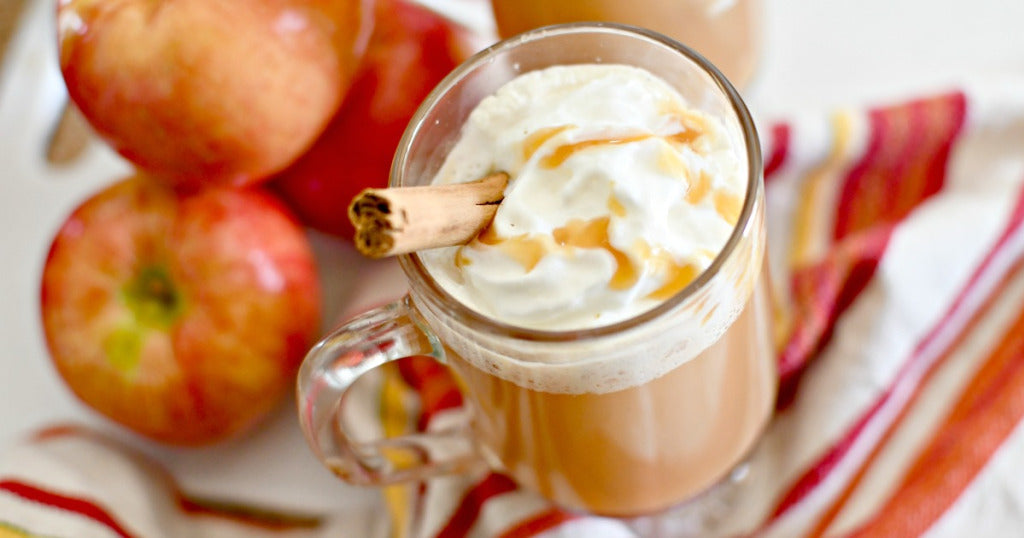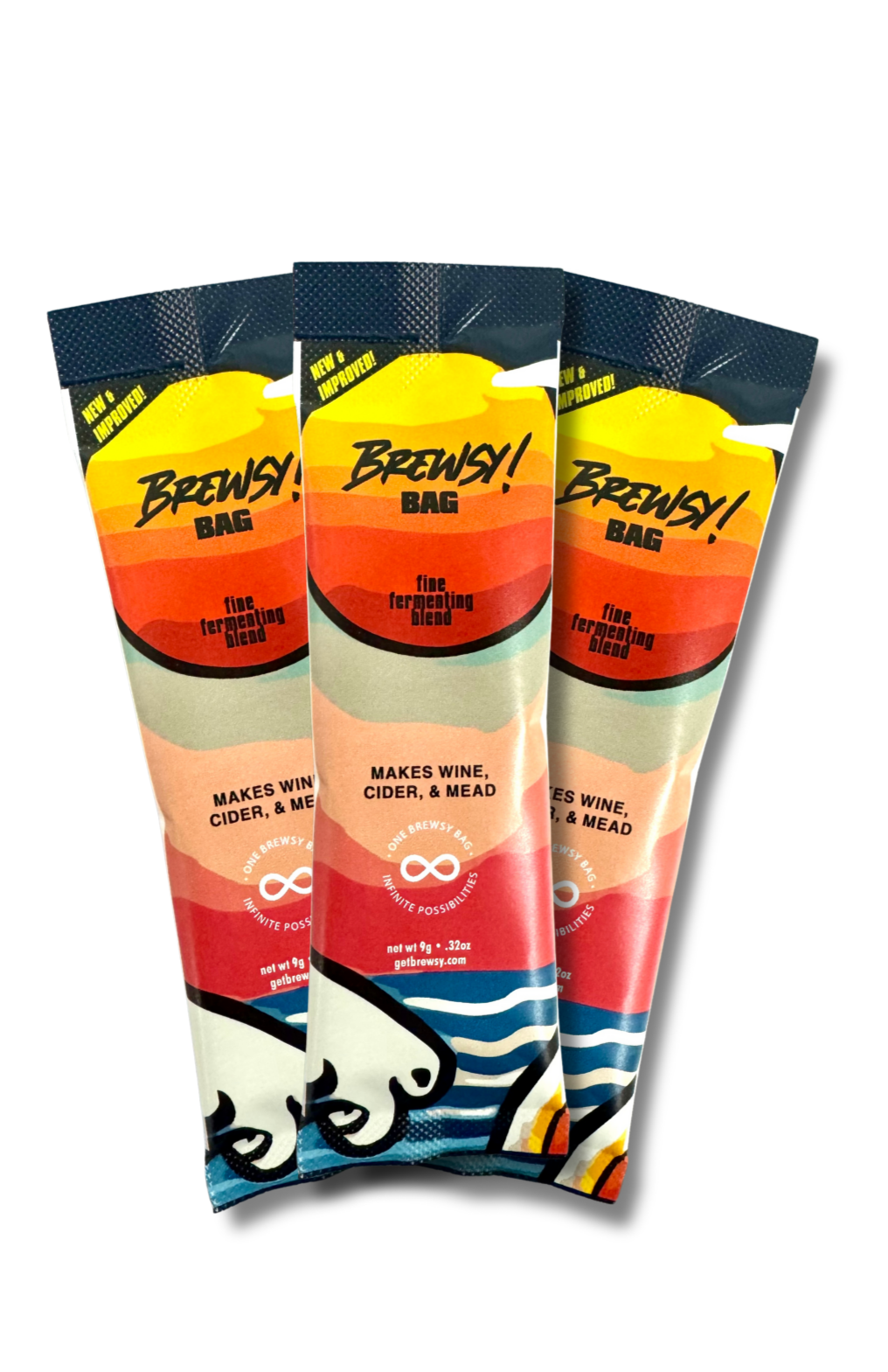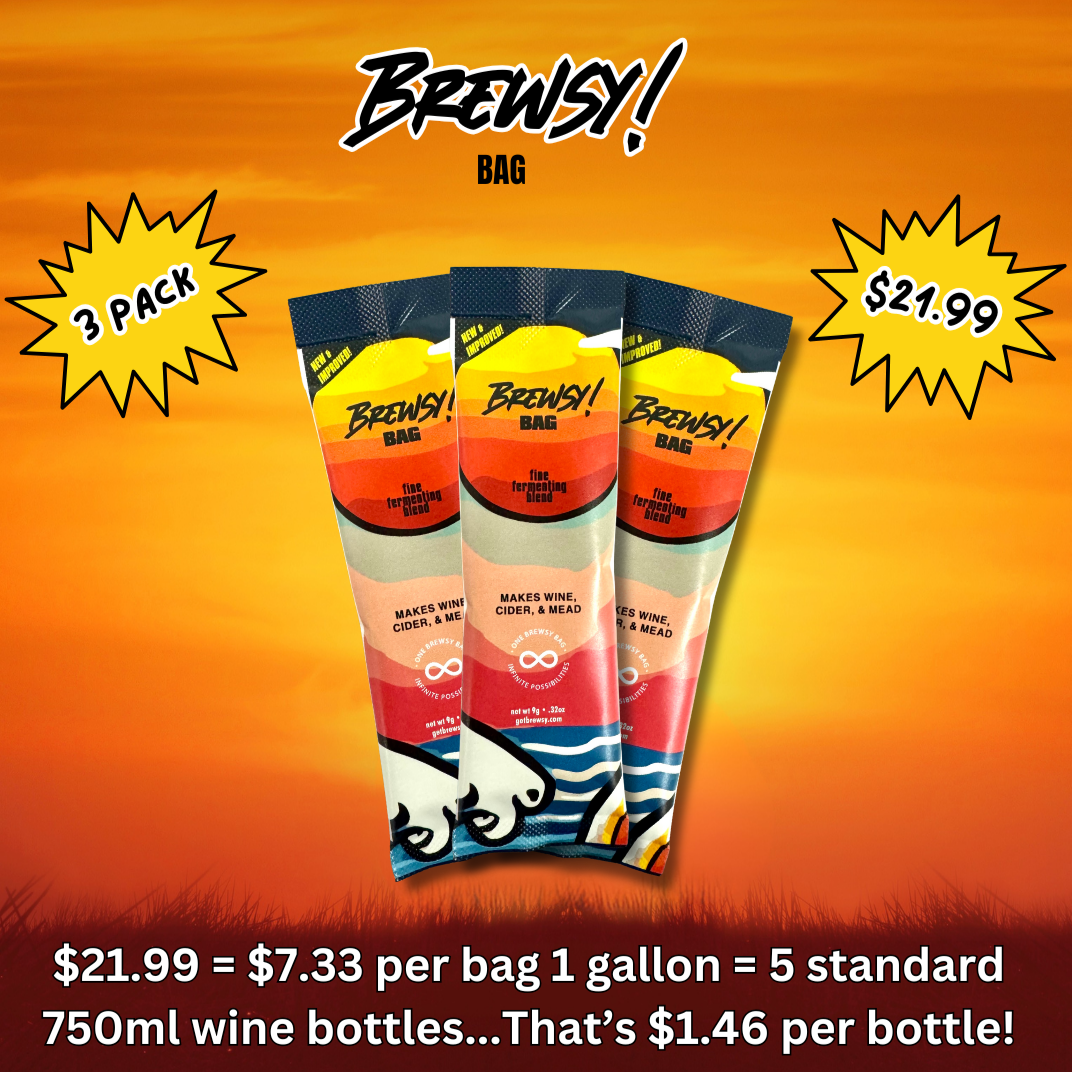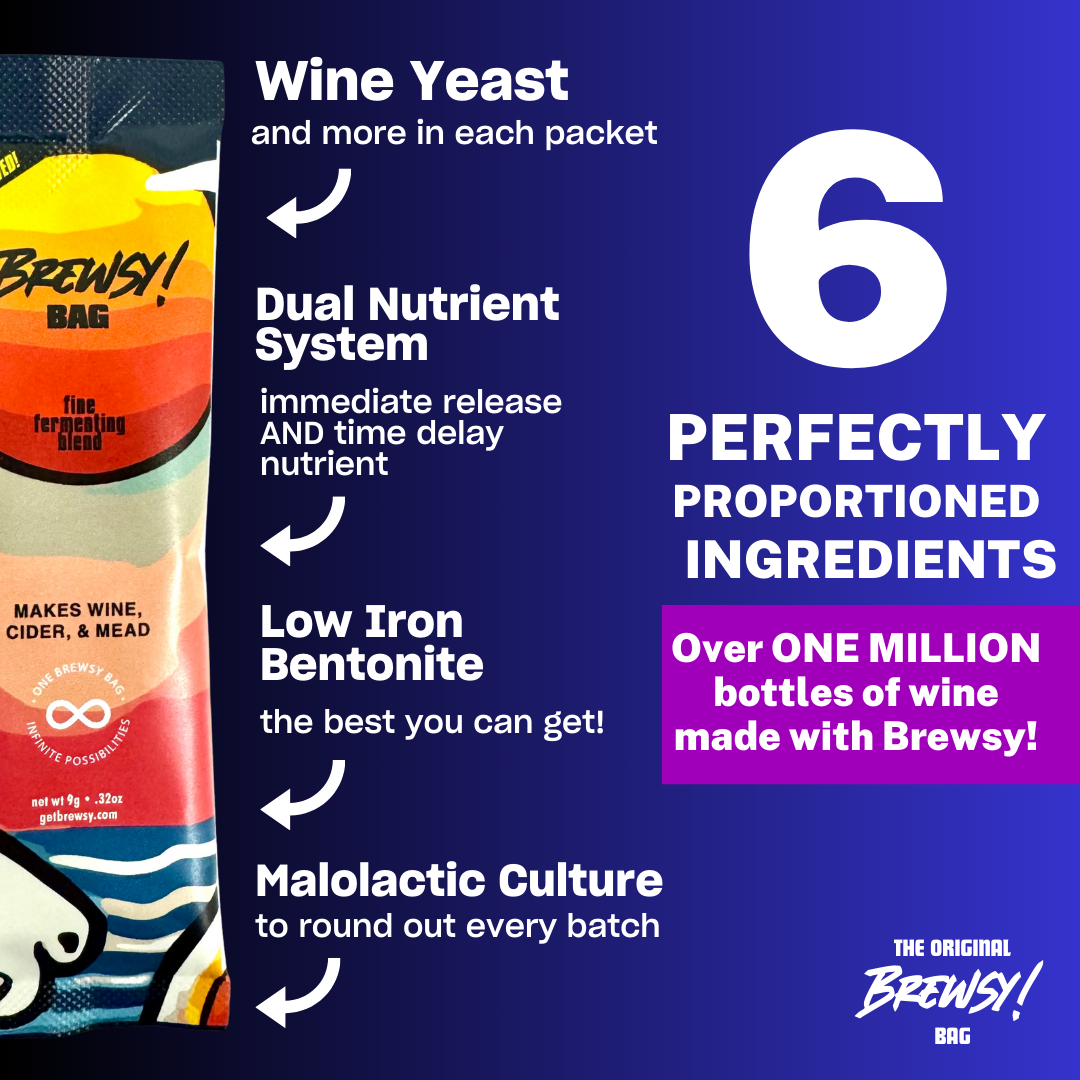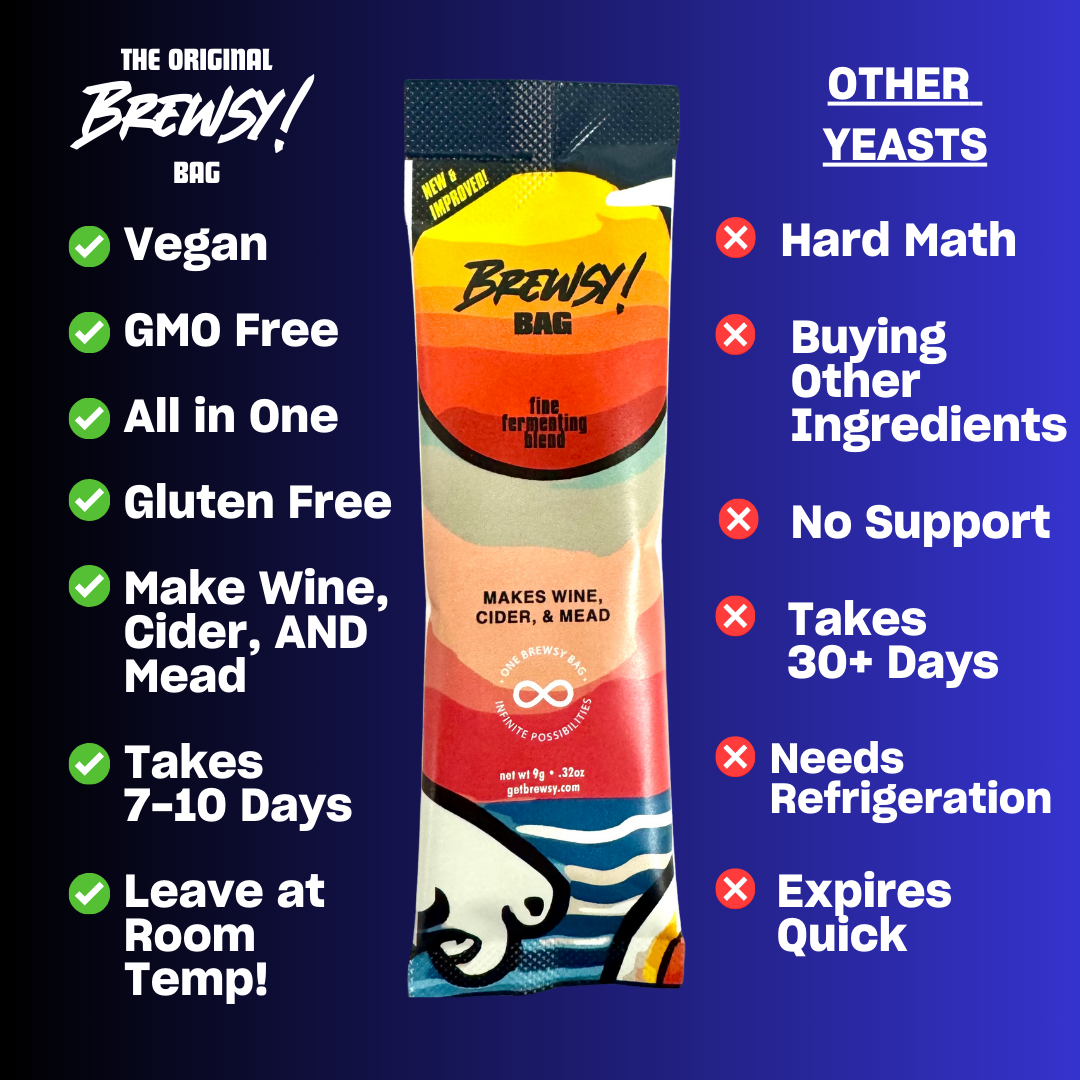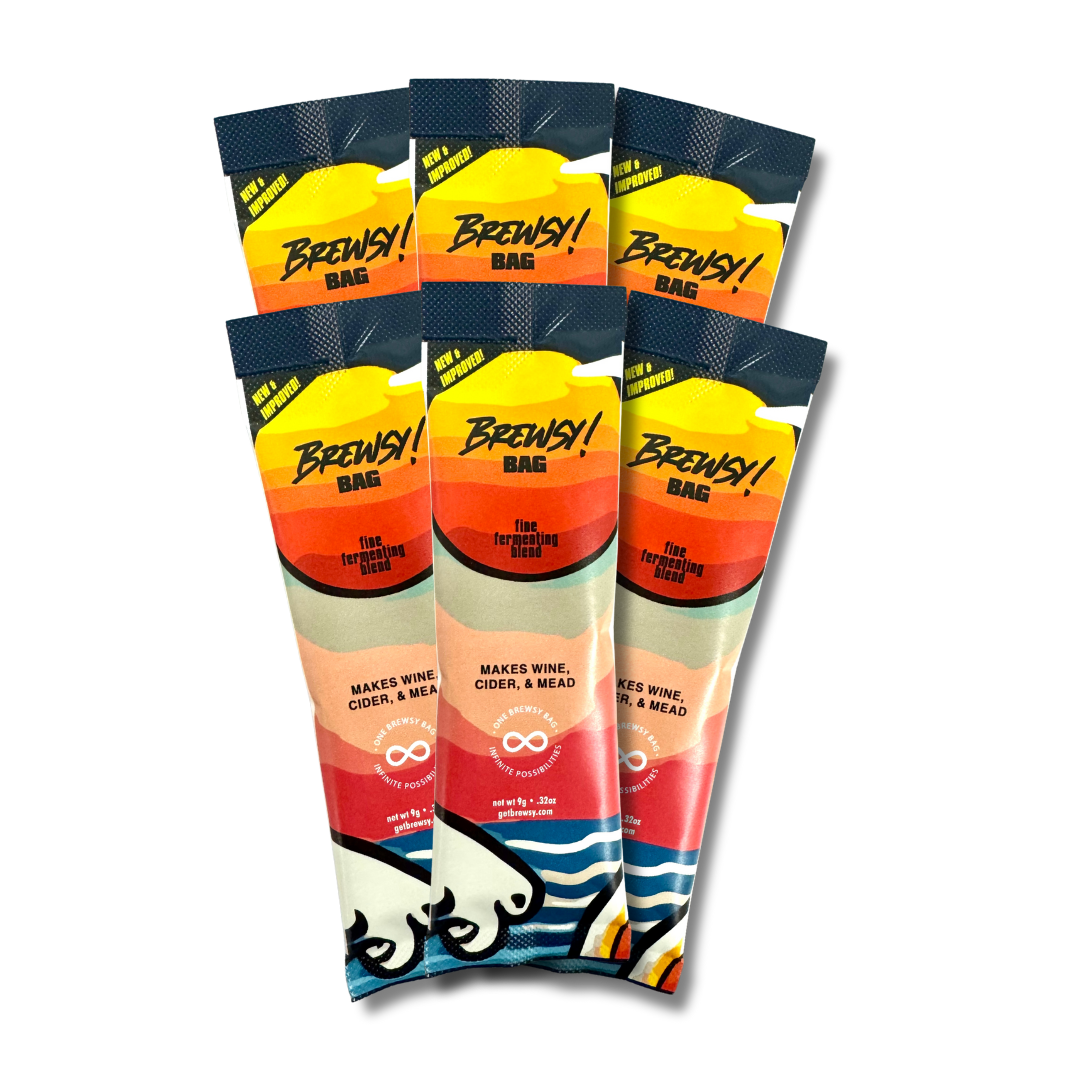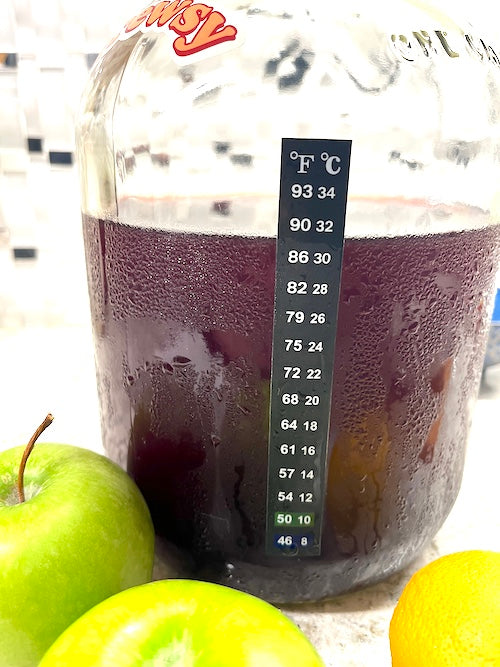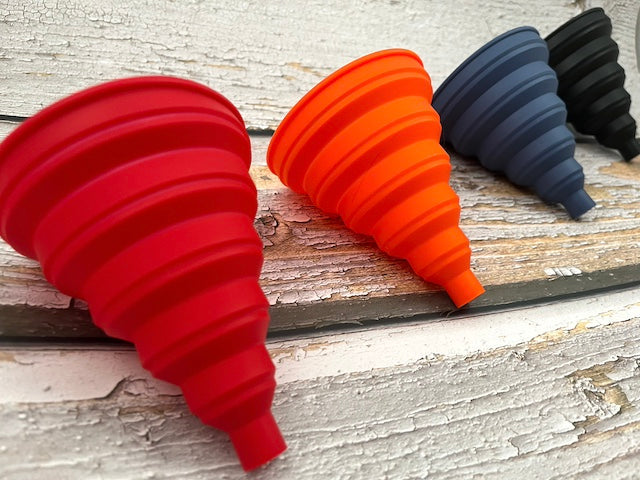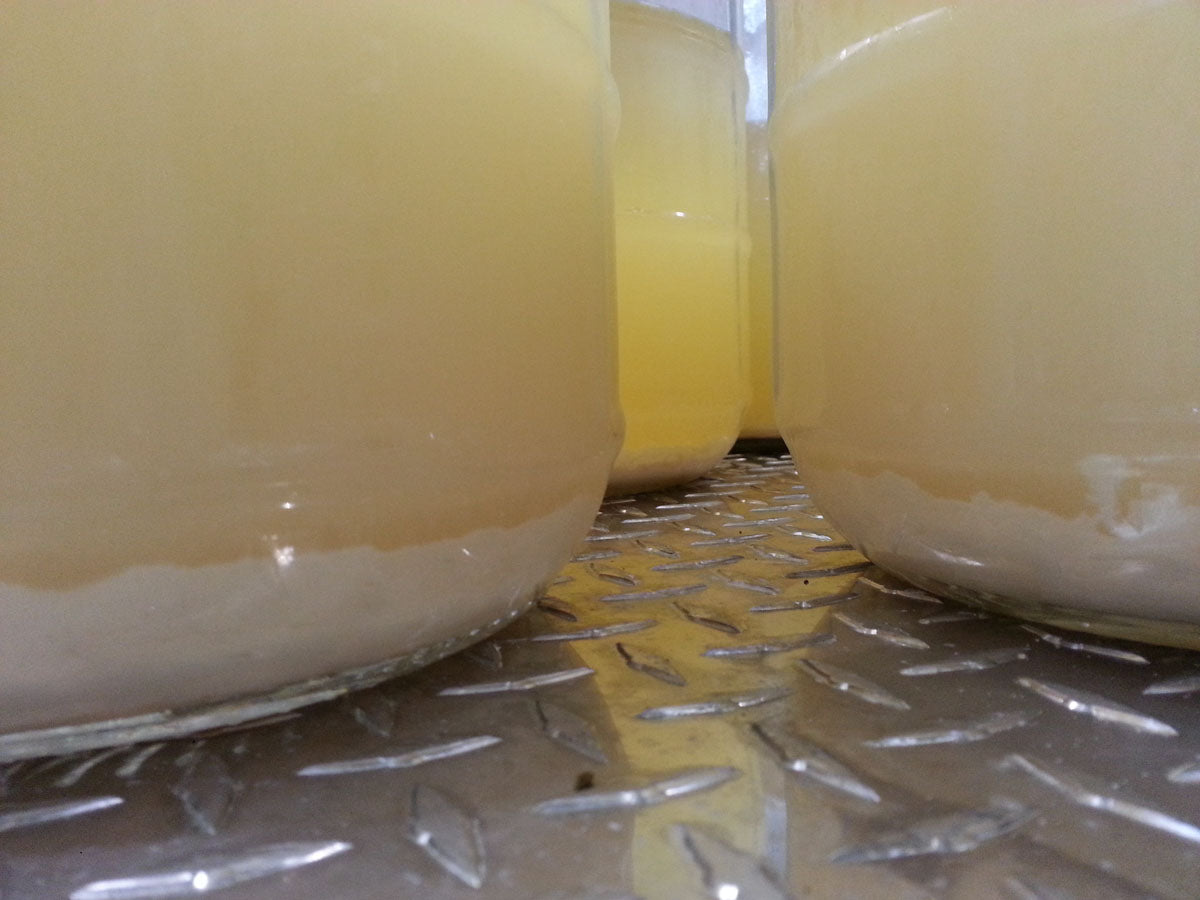
What Are 'Lees' in Winemaking?
What Are 'Lees' in Winemaking?
As newbie winemaker, one might come across the word 'lees,' but have no idea what it means. Lees refers to the sediment made from yeast after fermentation, the selfsame sediment we see sink down during the cold-crashing process of winemaking.
'Lees' derives its name from the original French method of sur lie, meaning 'on the lees.' Sur lie is a process of aging a wine in contact with dead yeast cells. This process is occasionally seen with red wines, but is, more often than not, used with white wines and champagnes where it is left to age anywhere from three months to years at a time.
How exactly does yeast die off and become lees? After the consumption of sugar, and the subsequent release of sugar and carbon dioxide, yeast goes through a process called autolysis which is, essentially, the process of eating itself, therefore, dying and sinking to the bottom of the fermentation vessel to become part of the sediment. This particular part of the sediment is what is called lees.
Overall, there are two types of lees: gross and fine. Gross lees, also known as the general sediment left in the bottom of the fermentation vessel, are a collection of grape seeds, skins, and, sometimes, stems. The 'gross' in this does not refer to the taste, but, rather, the size of the sediment. This type of lees is the one you want remove from your wine as, when left to decompose, can give your wine funky or unwanted flavors.
Fine lees, the other type of lees, are mostly made of dead yeast cells. This is the fine sediment found at the bottom of a vessel, whether it be a gallon jug, a bottle, bucket, or cask, and helps add a sort of nutty flavor to a wine. Aging a wine on its lees adds texture, depth, complexity and flavor to the wine. Lees aging is common with Chablis, Champagne, Muscadet and California Chardonnay.
Lees left over from fermentation have many uses outside of winemaking, however, and that includes food dishes and items such as UK's Marmite, albeit, this uses beer yeast which is quite different from wine yeast. Other culinary uses include a braised chicken dish in China. Japan, on the hand, use lees stemming from the creation of sake, and is used as a pickling agent.
Winemakers can choose to age their wine on the lees, use it as fertilizer or even add it to bread dough! The next time you come across a bottle of wine aged on lees, you'll know exactly what that means.
Happy winemaking!


